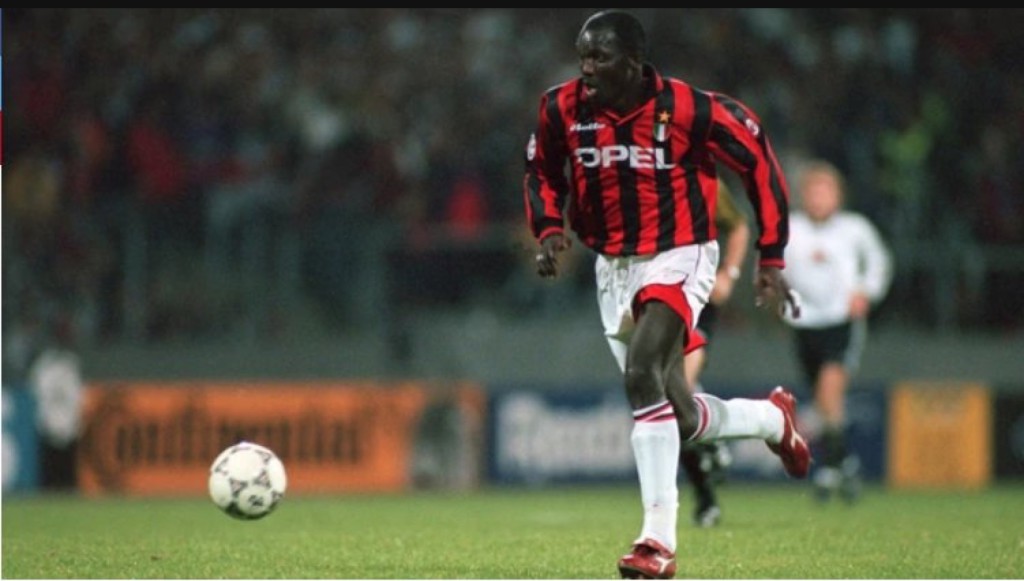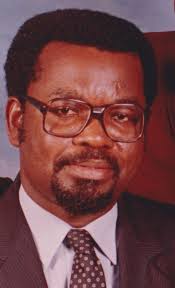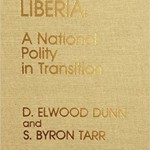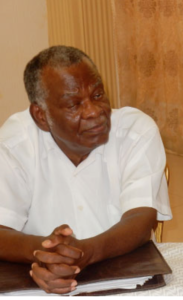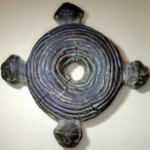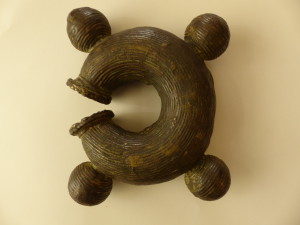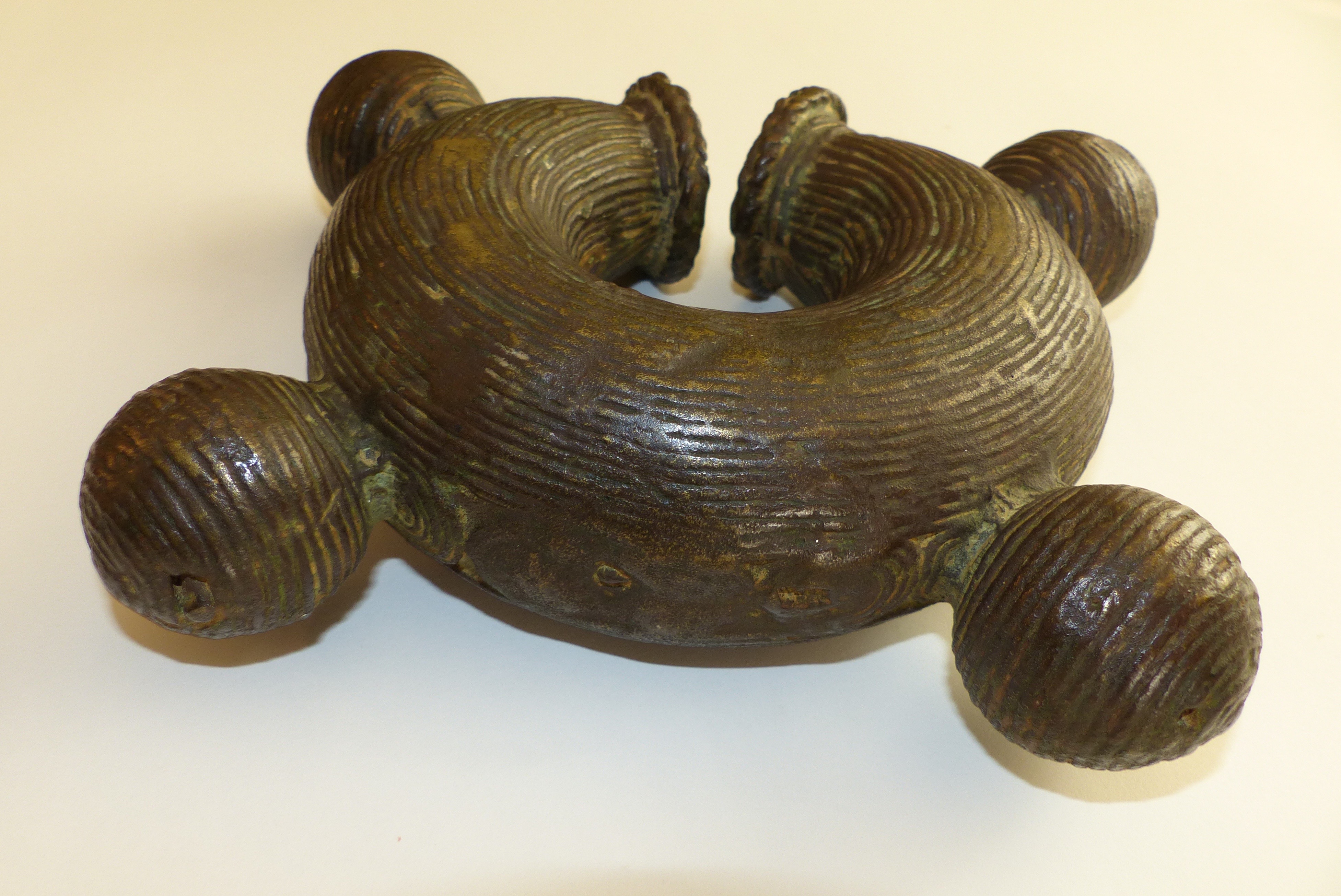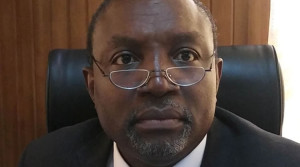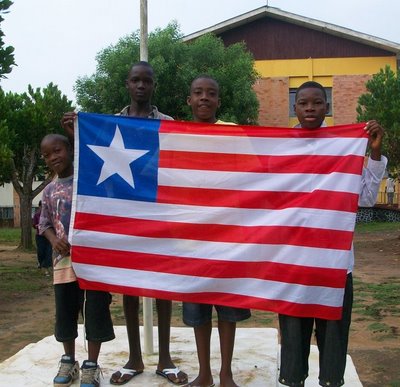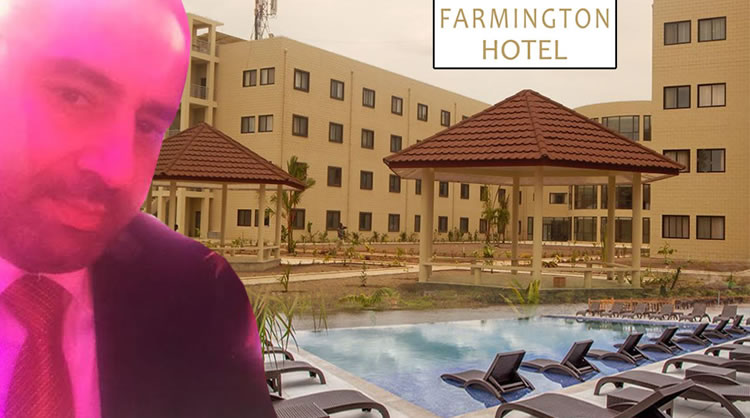Within ten days, three eminent scholars have passed away. The three esteemed long-time researchers and writers are Mohammed Alpha Bah, Ogolima Amachree and Svend Holsoe. Their contribution to ‘Liberia’ can hardly be underestimated. To commemorate them I have decided to reproduce here a tribute/biography/obituary for each of these three “great trees who have fallen” – to follow the wording used by Verlon Stone, Ph.D., Special Advisor, Indiana Liberian Collections/African Studies Collection, Indiana University Libraries.
On April 25, historian Mohammed Alpha Bah, 73, passed away. Prof D. Elwood Dunn wrote the following tribute. Elwood Dunn is a historian and a professor of political science at the University of the South in Sewanee, Tennessee.
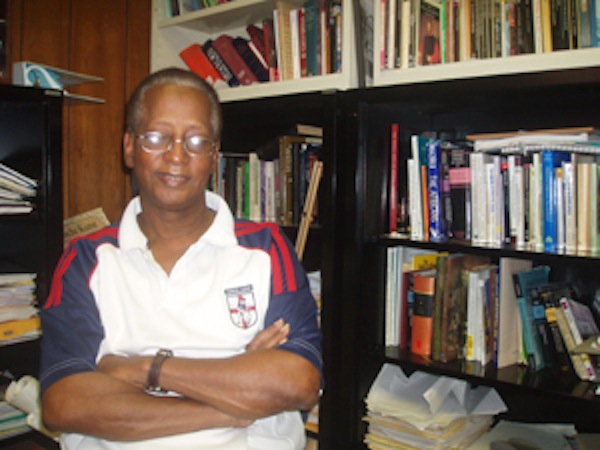
Mohammed Alpha Bah (1943-2017)
‘Our ranks have been thinned by the passing on April 25, 2017 in Maryland, USA of Dr. Alpha Bah, one of the very few Liberians trained as a professional historian. A gentle and soft-spoken man, he was a teacher at heart captivating the admiration of his many students in Liberia and the United States. He labored throughout his professional career unearthing the history of the African peoples especially the peoples of the Mano River Basin – Liberia, Sierra Leone and Guinea. In his passing we pause to salute him for his contributions to scholarship and to global education.
Born in the Fouta Djallon region of Guinea on May 25, 1943, he was taken at an early age to Freetown, Sierra Leone by his merchant father. There, young Alpha began his formal education at St. Edwards Roman Catholic School where he completed the O Level Certificate before availing himself of an Egyptian government scholarship in 1965 to continue his studies in Egypt. Four years later he arrived in the United States and eventually enrolled at Howard University. Alpha remained and completed his B.A. degree at Howard (cum laude, 1973), two M.A. degrees, one in French Language and Literature (1975), and the other in History (1977). His history thesis was: “Herbert Bankole-Bright and his impact on the growth of constitutional government in the development of political parties in Sierra Leone, 1924-1957.” Also at Howard, he received there the PhD degree in History in 1983 studying under the renowned Professor Joseph E. Harris. His dissertation topic: “Fulbe Migration, Settlement in Koindu Among the Kissi of Sierra Leone.” He spoke fluently six languages including English, French, Arabic, Fula and Creole.
His teaching career began at the University of Liberia while in 1978 in the West African region researching his dissertation. He would return to the University briefly upon completing his degree, and then finally as he returned from self-exile in the United States. In the interim he served as a teacher’s assistant, then lecturer in the History Department at Howard, Fulbright Scholar in Residence at Villanova University’s History Department. He joined the faculty of the Department of History of the College of Charleston (South Carolina) in 1986 where he remained for 22 years, attaining the rank of full professor before his retirement expressly to return to Liberia.
In the early 2000s Alpha joined the ranks of the all-too-few Diaspora Liberians who returned home when peace returned to the war-weary country. There he re-joined the History Department of the University of Liberia, serving concomitantly as the first Director of the University’s Confucius Institute from 2008 to his demise.
His activities in all of these universities were many and varied. They were marked by a keen interest in his many students, as well as a solid contribution to scholarship. At Charleston he exposed his students to model OAU/AU simulations at Howard University, as well as study-abroad programs to which he led his students to Africa and the Middle East. Of his students he once said: “I am shy talking about it, but my biggest joy, what is most important to me are my students. This is my love.”
Alpha hosted at Charleston a joint meeting of the Liberian Studies Association and the Sierra Leone Studies Association in 1994 and in 2001 the 33rd annual conference of the Liberian Studies Association.
Among his many publications are his book Fulbe Presence in Sierra Leone: A Case History of 20thCentury Migration and Settlement Among the Kissi of Koindu, New York: Peter Lang publisher, 1998, and scores of articles including “Rice Culture and the Atlantic Slave Trade” in Les Riz Cultures de L’Afrique de l’Ouest (Bordeaux, France, CIRAD, 1995, pp225-31; “The Status of Muslim Minorities in Sierra Leone and Liberia,” Journal of Muslim Minority, VII, 11, 1992, 464-481; The 19th century partition of Kissiland and the contemporary possibilities for reunification,” Liberian Studies Journal, XII, 1 (1987): 38-55, and “West Africa-South Carolina/Georgia Low Country Connections: Three black Charlestonians in Freetown and Monrovia – William D. Crum, Thomas McCants Steward, and Edward A. Jones.” His contributions must be noted as well to the documentary “Family Across The Sea” that captures the Charleston/West Africa connections.
He was married to Kadiajatu Bah, a physician who predeceased him in July 2013. Together they had three now adult children, a daughter Aissata Bah and two sons, Chernor Sulaiman Bah and Mamadou Leypete Bah.
Alpha was also a friend and colleague. For almost a quarter century he and I met almost without fail at annual conferences of the Liberian Studies Association and the African Studies Association at various universities across the United States. For a decade we dutifully showed up with our students, mine from Sewanee: The University of the South, at OAU/AU simulation sessions at Howard University.
In the passing of Dr. Alpha Bah we have lost one of a handful of Liberian historians. He was in collaboration with his fellow historians, as well as some of us history enthusiasts trying to address the Liberian national history problem through the now moribund Liberian National History Project (LNHP). I read recently reference to the project by Dr. Joseph Saye Guannu and the Rev. Emmanuel Bowier at a forum hosted at the Library of the Liberian National Legislature. Guannu suggested that government facilitators of the project might want to make timely use of the availability and interest of some of my generation for our ranks are fast thinning.
Goodbye Alpha; May your soul rest in peace!’
Unquote.
Then, less than a week later, on May 1, the renowned sociologist Igolima Tubobelem Dagogo Amachree, 80, passed away.
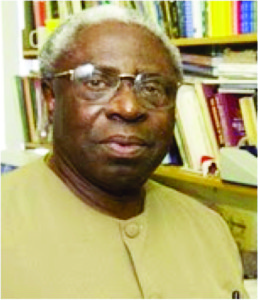
Dr. Verlon Stone sent us the following biography:
Igolima Amachree (1937-2017)
Igolima Tubobelem Dagogo Amachree, passed away peacefully on Monday, May 1, 2017 at the University of Iowa Medical Center in Iowa City, Iowa. He was born on March 8, 1937 into the Amachree Royal Family, established since the 15th century in Nigeria.
He graduated from Durham University in England before completing his Master’s Degree at Michigan State University, where he ultimately graduated in 1967 with his Ph.D. in Sociology. Igolima taught as a professor, edited newspapers, and served as the Sociology department chair at Western Illinois University. Igolima was not only accomplished, but widely published in academic publications the world over, as well as deeply involved in numerous organizations throughout the United States and internationally.
Igolima was passionate about international development, education, and peace. He served as a consultant for developing nations to the World Bank, assisted in the drafting of the 1985 Liberian Constitution, and was instrumental as a consultant on institutional issues in the Accra, Ghana Peace Conference that produced the Accra Comprehensive Peace Agreement on Liberia. His work in academia prompted him to form and head the Liberian Commission on Higher Education and Constructed the Research Proposal on “The Status of Higher Education in Liberia”. He again answered the call to public service as a consultant to the Liberian Government on the Joint Needs Assessment presented to the United Nations in February 2004, which he attended as an Official Delegate of the Liberian Government to the United Nations on the International Conference for Reconstruction in Liberia.
Aside from his academic career, Igolima was one of the most beautiful souls one could ever have known. He touched so many lives with his gift for human connection. Igolima was incredibly thoughtful and kind . Brilliant yet humble. Insightful, curious, wise, grateful, and understanding. He always radiated joy. He had so much love in his heart and was genuinely interested in every person that crossed his path. We will keep our memories of him alive as we remember Igolima’s infectious laugh and captivating smile.
He will be greatly missed and lovingly remembered by his Wife, Mara; Children Selepri (Danyelle), Tonye, Opuene (Karen); and Grandchildren: Kennen, Christian, Devin, Ella, Kaema, Nakai, Amaya, Kory, Ava, and Emma.
Online condolences may be expressed at http://prof-igolima-amachree.forevermissed.com
Memorial Services will be held 3pm, Friday May 19 at Wesley Community Center in Macomb, Illinois.
Funeral Services will be held Saturday, May 27, at Trinity Church in Lansing, Michigan.
In lieu of flowers, charitable donations can be made here – http://bit.ly/2qn0zcM
Unquote.
Three days later, on May 4, the famous anthropologist, researcher and collector of Liberian documents and artifacts, Svend Holsoe died after a protracted illness at age 78. Again it is one of Liberia’s most distinguished scholars, Dr. Elwood Dunn, who wrote the following obituary.
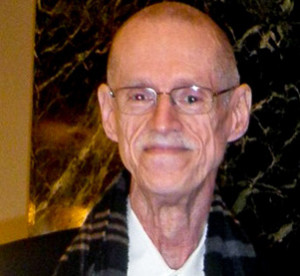 ‘Svend Holsoe (1939-2017), tireless American scholar of Liberia
‘Svend Holsoe (1939-2017), tireless American scholar of Liberia
Once again I bring to the community of Liberia scholars the sad news of the passing of a renowned scholar of the Liberian experience. Professor Svend E. Holsoe, an expert on the Vai people and an avid and unrelenting collector of things Liberian passed away at a Philadelphia hospital on the morning of May 4, 2017 after a protracted illness at age 78. His partner, Mr. Reuben Mollo James, survives him.
Svend’s parents, Torkel and Birthe Ambt Holsoe took him as a youth along with them when his father was both a forestry advisor to the Liberian government and a part of the United States Navy team supervising construction of the Free Port of Monrovia (now the National Port Authority). So a part of his early schooling was in Monrovia in the late 40s and early 50s. There he began to form acquaintances and develop a “feel” for things Liberian. Though he would later go on to study Anthropology with focus on the Vai people, he developed early a broader interest in the history and culture of all the peoples of Liberia. It is this broader interest that led him to become perhaps the largest single collector of documents and artifacts on or related to the country.
Born in Morgantown, West Virginia on March 16, 1939, he was educated at Haverford College (B.S., 1961), and Boston University (M.A., 1963; Ph.D., anthropology with minor in African History, 1967). With a dissertation entitled “The Cassava Leaf People, An Ethnohistorical Study of the Vai People with Particular Emphasis on the Tewo Chiefdom,” Holsoe went on to become a significant researcher and teacher. Before becoming professor emeritus of anthropology at the University of Delaware in 1995, Holsoe served as assistant professor of anthropology and director of the African Studies Center at DePauw University (1967-70), assistant, then associate professor of anthropology at the University of Delaware (1970-95). He also lectured about Liberia at many venues in the United States, Africa and Europe, incurring in the process the burden of unsolicited consultations from many pioneering their own study of Liberia. Governmental entities, corporations and international agencies to provide expert opinions on Liberian affairs frequently called upon him. Two notable awards he received were the Liberian Studies Association Annual Lifetime Achievement Award, and in 1999 Indiana University’s Chancellors’ Medallion in honor of his unique contributions to scholarship and donation of his valued Liberia collection papers.
I first came to know of and subsequently met Svend not long after I arrived in the United States for graduate studies in 1967. Incidentally, this was the effective beginning of my own journey into understanding my country and its peoples. No doubt I travelled with Svend on this journey for my first exposure to his then already large collection of books and other material on Liberia at his home in Delaware sparked my interest and developed in me what in time became by own passion for Liberian history and culture. This was in 1971 as he hosted the annual conference of the Liberian Studies Association. It was there in Newark, Delaware that I learned of Svend’s pioneering role in the creation in 1968 of the Liberian Studies Association and founding editor of the Liberian Studies Journal the same year. He served as editor 1968-80. Both association and journal remain the single surviving institutions devoted to Liberian studies anywhere. It was my fortune to serve as editor of the journal for a decade, 1985-95. My friendship and association with Svend led to much collaboration including our joint compiling of the first edition of The Historical Dictionary of Liberia (No. 83, 1985), and an aborted attempt to edit for publication his manuscript on President E.J. Roye. To assist me and my family shortly upon our arrival in the United States following the 1980 overthrow of President Tolbert, Svend schemed with the Roman Catholic Fathers at Tenafly, New Jersey in compensating me for copying important documents I had acquired during my six-year service in the Tolbert administration.
There were as well scores of Liberians who benefitted in diverse ways from his friendship and assistance. In the interest of brevity I will cite but three. The first is Hon. Morris M. Dukuly, Sr. (former Minister in the Sirleaf administration) who should have preceded my own for the association came earlier and was deeper. Morris recounts to me in an email message the details of how he met Svend in Liberia and the impact he came to have on Morris’s life. After doing very well in elementary school his prospects were uncertain for continuing his education due to family circumstances. Svend entered his life in 1967 while in Liberia to do field work for his dissertation. He provided the financial means for him to attend and successfully complete High School. In minute details Morris recounts Svend’s many other acts of kindness toward him, adding ‘I wanted to share this personal story with you to know how profoundly and indelibly Svend impacted my life, and the lives of members of my own family.’ And then he added: “I want to share that because Svend literally and singlehandedly transformed the course of my life, he gave me the opportunity to fulfill my potential and become who I have been in this life. ..” “Hopefully, this personal story will let you in on the depth of the sadness and sorrow that I and my family feel. Svend will remain irreplaceable in my life. He will always be the father I never had [father died when Morris was age 6]. His love of Liberia will remain indelible and exemplary. He was a non-Liberian Liberian patriot. His name in my family will remain forever.”
The second case I cite is that of Dr. Al Hassan Conteh (Liberian Ambassador to Nigeria) who speaks for himself as follows: “Svend took me and my family under his wings when I arrived at Penn in 1983 for graduate studies. He became my mentor and academic advisor. This contributed in no small measure towards my academic success at Penn. For a few years, before he moved to Lansdowne, PA, he was our distinguished neighbor on Chester Avenue in Philadelphia. I benefitted immensely from studying some of his massive collections on Liberia in his personal Library, and at the Institute of Liberian Studies, which was then located around the corner from Chester Ave. We later became “colleagues”, collaborating on matters pertaining to the LSA and Liberia…I believe after the late Professors Gus Liebenow and Warren d’Azevedo of blessed memories, Svend became the Doyen of Liberian Studies. As the saying of the wise goes in Nigeria, where I’m currently serving, another ‘Iroko Tree has fallen’ in the Liberian Studies Community. May God Almighty have mercy on him, and may his soul rest in perfect peace.”
The third case is that of Eugene Peabody who in tears read to me on the phone the following: “A beloved friend and brother, a Liberianist, a faithful and devoted son of the soul of Liberia: After my university years at Cuttington College he schooled me in the use of the English language by pronunciations and enunciations. His methods of research in Anthropology gave me the privilege to attempt to enter the realm of other social sciences. We penned the Liberian Studies Journal for several years at the Department of Anthropology of the University of Delaware while I studied graduate economics. We lived together. Your general knowledge of African culture and specifically of the socio-cultural history of Liberia is evident by your vast collection diminutive only to the U.S. Library of Congress. You were a beloved family friend. As a street philosopher once said in Gbarnga: ‘Man’s ingress into this world is naked and bare. His journey through the earth is fraught with trials and tribulations. His egress is to a place no man knows. If you can make it here you can make it there.’ Sleep Svend! You’ve fought a good fight. We will always remember you. Your Brother, S.T.E. Peabody.”
And there are scores of others who would have volunteered testimonies were time our friend. I will sneak in here part of an email message I received from Dr. Emmanuel Dolo: “I recall how Svend was generous with his knowledge and time. He took time to share documents with me during research on the manuscript for my book and to write a statement endorsing it….He added an immense value to the knowledge base on Liberia.”
Svend was a member of the Friends of Liberia (FOL), a group of American returned Peace Corps Volunteers who formed an association that grew to include Diaspora Liberians and other Americans interested in Liberia. These people came together to help the people of a country in civil war. He was a Board member of the organization 2007-2013, contributing as well to the establishment in 2008 of the association’s small grants fund to finance small educational and social projects. Members of the group, including Svend, visited Liberia in 2009. This may have been Svend’s last visit to Liberia captured in a photograph with him in a tête-à-tête with President Ellen Johnson Sirleaf.
There are many dimensions to Svend’s scholarly work on Liberia. Apart from the fieldwork he did in Cape Mount County for his dissertation, he started early collecting all sorts and conditions of materials on Liberia. Probably beginning with documents he secured from his father’s work in Liberia, he was allowed entry in 1965 into the Liberian National Archives then housed with the Department of State (now Foreign Ministry) under the leadership of the late Mr. Augustine Jallah. This entailed some controversy as the unorganized documents contained some classified materials and was not open to the public. At any rate Svend gained access and proceeded with the cooperation of Jallah to organize the documents. The late Professor Tom Shick later produced a listing and categorizing of the work Svend had initiated. Svend copied perhaps the bulk of the documents dating to Liberia’s founding circumstances in the early 19th century up to and including the early 1960s. This would become the core of his Liberia collection, but he was far from done. From that date perhaps up to the outbreak of civil war in 1990, Svend visited Liberia frequently collecting quantities of government published documents such as the annual reports of the various ministries and other government agencies. He became what you might call obsessed with securing absolutely all he could on Liberia, resorting at times to buying expensive out-of-print items on the Internet. It is these materials, his books and other documents, that he donated in 1997 to Indiana University. The Svend E. Holsoe Collection include copies of the Liberian government Archive Documents between 1824-1983; extensive genealogical records, including analyses and family trees developed from these records; political, institutional, social and cultural surveys from the 1980s Liberia Rural Radio Project; field notes and oral history tapes of Vai and Bandi research; Vai script materials, and slides and photos spanning decades and covering many geographical areas and activities. Following a hiatus when discouraged about the protracted civil war, Svend relented in his withdrawal from work on Liberia, and about two years ago he sent an additional 100 boxes of the Holsoe Collection to Indiana University that he had collected/produced after the first large consignment went to Indiana in 1997. Due to massive destruction of the Liberian government archive during the civil war, the Holsoe Collection may contain the only surviving copies of important Liberian state papers and historical and cultural documents.
Perhaps one of the last major public addresses on Liberia was his testimony on September 2, 2008 in Monrovia at the Truth and Reconciliation Commission Hearings. He titled his paper “Troubled Boundaries,” as he spoke to what he considered an environment of tension induced by cultural dualities/contradictions that the old regime could no longer contain. He opined the necessity that any new post-war political structure acknowledges “regional political and social differences.”
Among his numerous scholarly publications on Liberia are:
- “The Condo Confederation in Western Liberia,” Liberian Historical Review, 1966.
- A Standardization of Liberian Ethnic Nomenclature,Institute for Liberian Studies, 1979
- The Historical Dictionary of Liberia, first edition, compiled by Holsoe and D. Elwood Dunn (Series No. 83,1985)
- A Land and Life Remembered: Americo-Liberian Folk Architecture(Holsoe co-authored with Bernard Herman & Max Belcher, (1988)
- African American Explorers in West Africa: Four 19thcentury Diaries (edited by Holsoe, Fairhead, Geysbeek & Leach, 2003)
- A number of unpublished manuscripts including “A Biography of Edward James Roye”, Fifth President of Liberia.
- Liberian Studies Monograph Series.
- A Social Survey of Grand Gedeh County, Institute for Liberian Studies, (1979)
- What Liberians Call Themselves and Each Other, Depauw University, African Studies Center, 1970
- Twenty-seven other articles related to Liberia for numerous publications
Svend had many other interests and hobbies in his long and fruitful life. His scholarly interests extended to West Africa, Africa in general, and the genealogy and history of slaves and slavery in the Virgin Islands. But it is the Liberia dimension of his work that I seek to underscore, a dimension that absorbed the bulk of his time and talent. He was a decent and friendly man. He was also a humanitarian who believed in giving back to sources that elevated him. He said as much to some of his Liberian friends and acquaintances. It was perhaps this character trait that led him, following his fieldwork in Liberia, to so completely devote himself to the collection of massive Liberian documents and artifacts. It is even ironic that the controversy of his access to the Liberian archive in 1965 pales when compared to the holdings he has donated to Indiana University, holdings that any government in Liberia has access to in part of in whole.
In a sense Svend’s Liberia legacy is three-fold. I consider the archives to be of monumental importance for it contains very simply a huge part of the story of the Liberian past, and that past remains critical to charting a future course. The second legacy is the Liberian Studies Association and the Liberian Studies Journal. There were attempts to undertake such institutions in Liberia itself and elsewhere, but the efforts were ad hoc where the LSA and the LSJ have endured for half a century and seem poised to go another half century if not longer. The last though not the least part of Svend’s legacy concerns his ethnographic work not only among Vai-Liberians but other Liberian ethnic communities, inclusive of the cross-border groups. Svend has here initiated important scientific work that awaits vetting, alternative perspectives by scholars who are themselves a part of the ethnicities under study, not to speak of Liberians in general. Svend has made his contribution. The challenge remains for Liberian scholars schooled in the various disciplines such as anthropology, political science, history and sociology to now step up to the plate and deepen our understanding of the country both in its particularities as well as its generalities – regional Liberia and national Liberia.
Svend will be memorialized at a service to be held on June 24, 2017 at the Quaker Friends Meeting House in Lansdowne, PA, USA.
Thank you Svend; Rest in Peace!
Unquote
Dr. Holsoe’s Memorial Service will be held Saturday, June 24th in the Philadelphia area, probably in Lansdowne, PA. Further details regarding final arrangements will be sent when they are finalized.
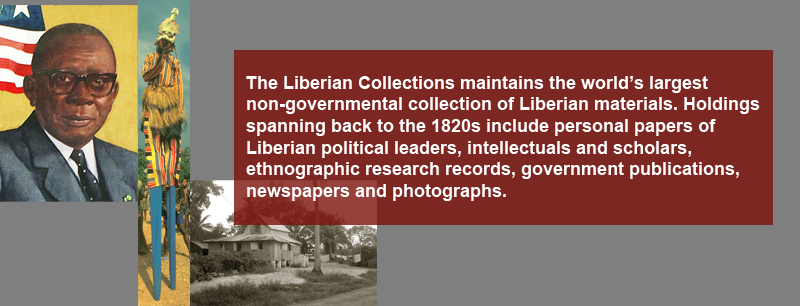
Visit the Indiana University Liberian Collections site here
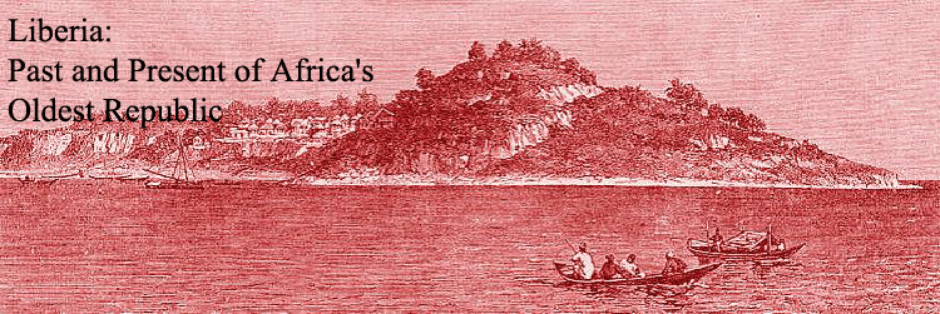
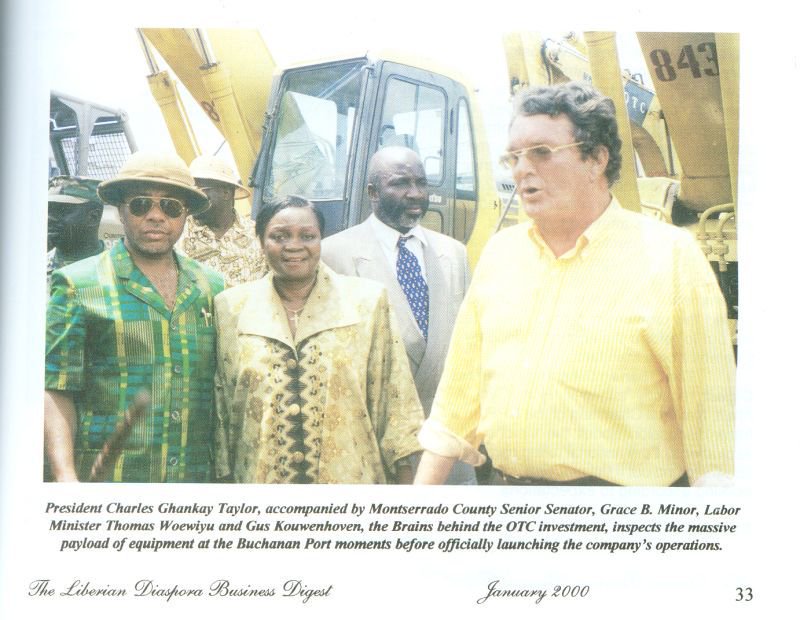
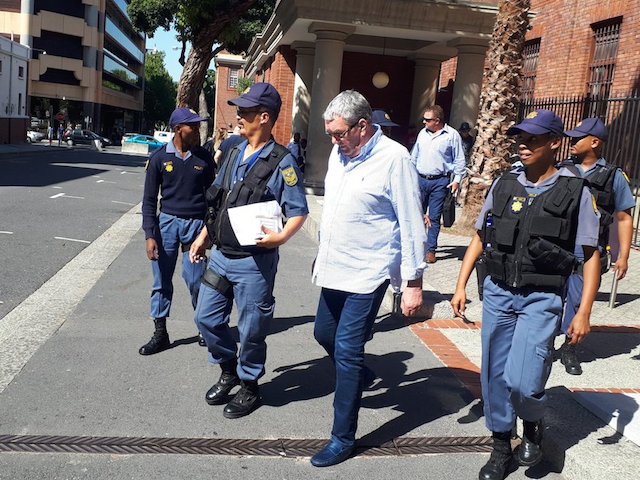
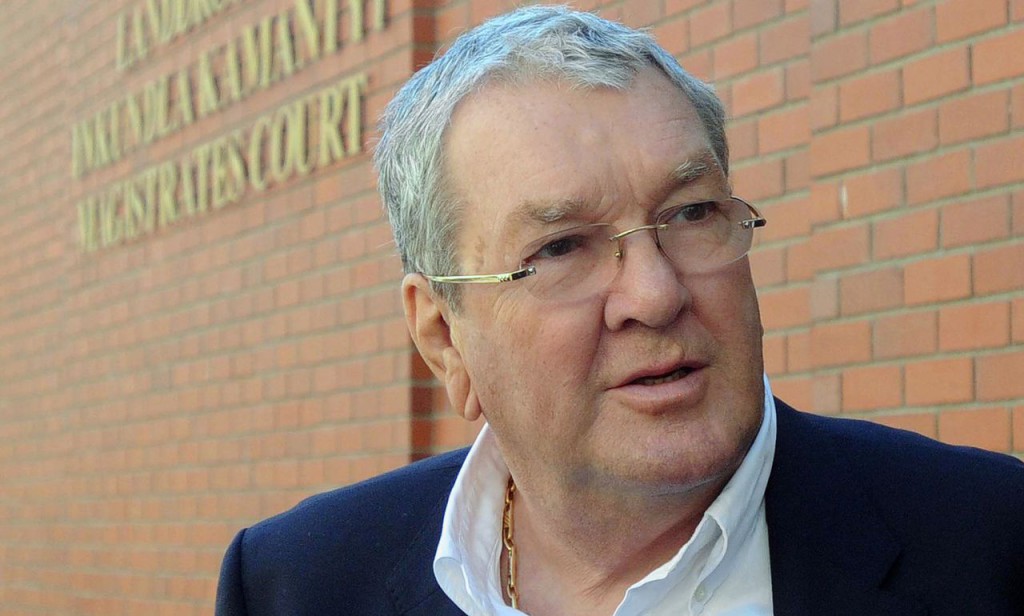
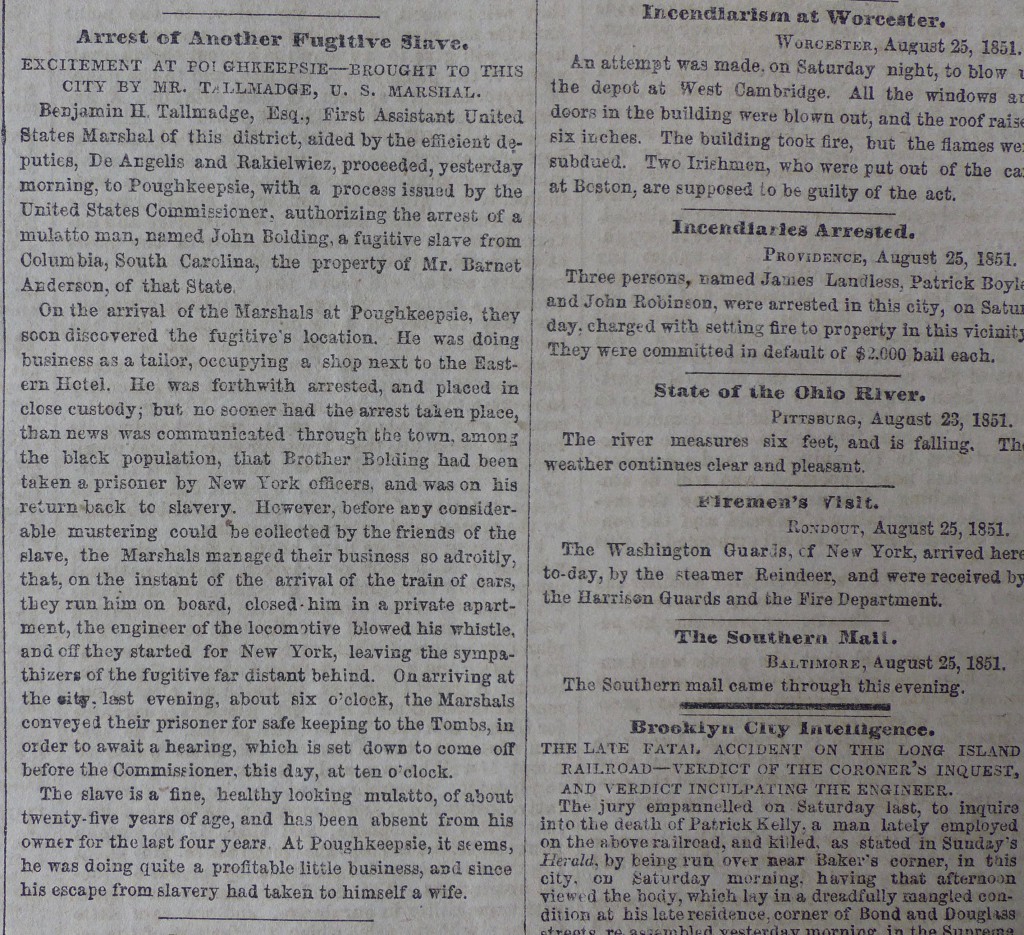
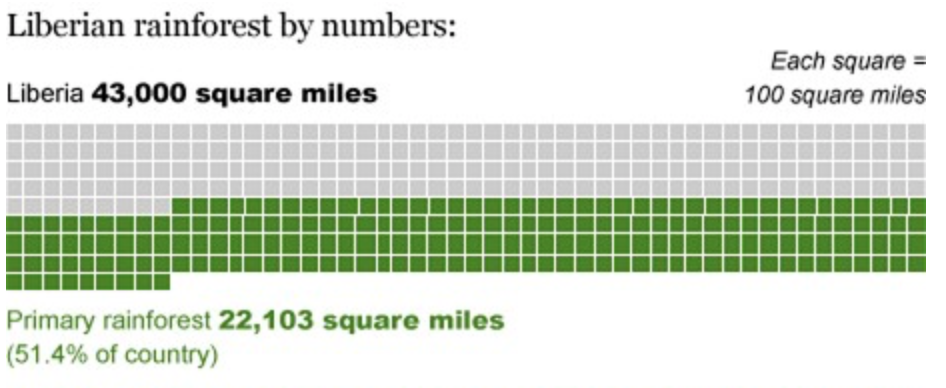
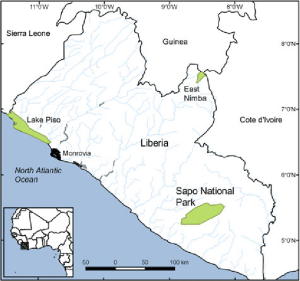

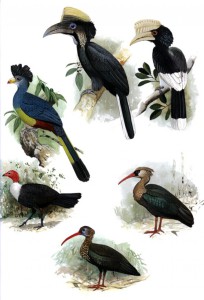
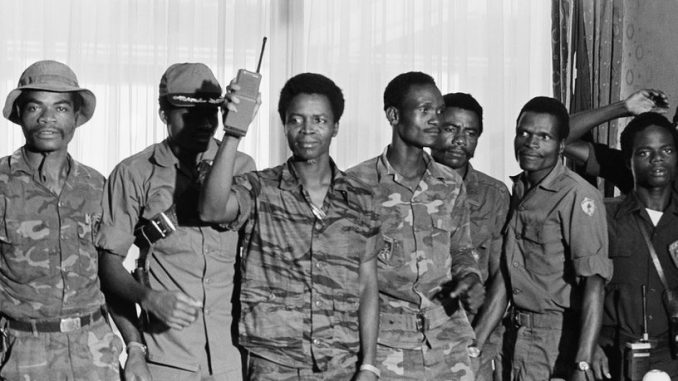
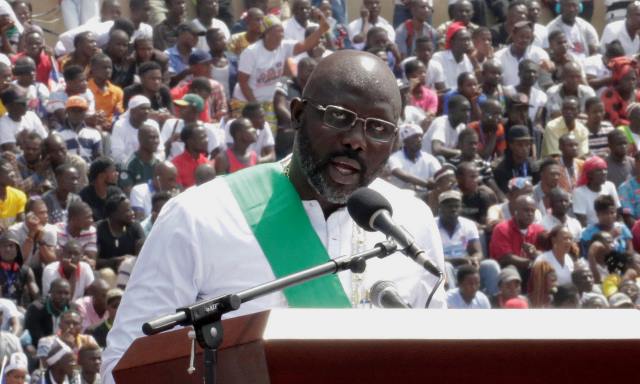
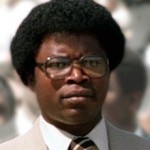
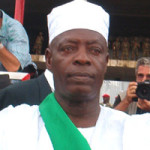
 We can also look at Weah’s historic achievement from another angle. Liberia was created in 1847 by free-born blacks and former slaves from the United States who settled on the west coast of Africa, aided by a private American organization, the
We can also look at Weah’s historic achievement from another angle. Liberia was created in 1847 by free-born blacks and former slaves from the United States who settled on the west coast of Africa, aided by a private American organization, the 